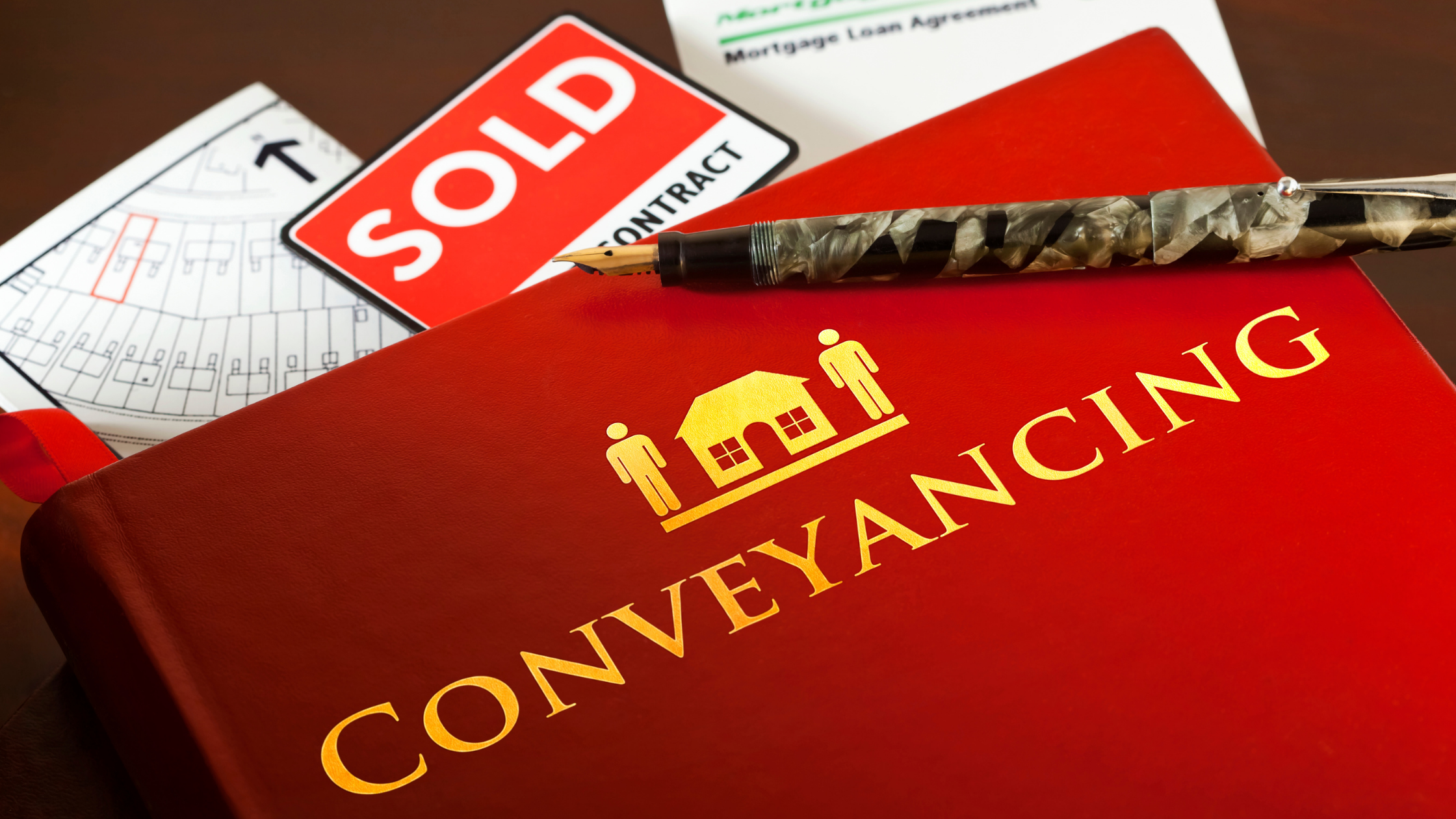Buying a home can be quite an experience. If you have heard of the term ‘conveyancing process’ mid hunting for your dream home, it is basically what you would go through in a property transaction.
In short, conveyancing is the transfer of property title from one person to another.
Conveyancing can be done with or without the help of a lawyer. The former route would be the one most would take for a better, and safer transaction. The choice is entirely up to you once you have considered the pros and cons of each method.
If you decided to hire a qualified conveyancing lawyer to carry out the transaction, the conveyancing will go as follows.
1. Drafting of the Sales and Purchases Agreement
The first thing your lawyer would need to do is to write up a draft of the Sales and Purchases Agreement (SPA). This is a legal contract that consists of all the details involved such as charges and deals that the buyer and seller have agreed on.
2. Screening of documents
Next, lawyers for both the buyer and seller will review the legal documents. It is a good idea to screen through it yourself too, in case there are items you are unsure of.
3. Preparing the SPA for signing and payments
After everything is confirmed and in order, the buyer’s solicitor can prepare the contract for signing and submission to the land office.
The contract is completed when the full purchase price of the property has been paid to the seller.
Save money and know what incentives you can benefit from before you buy a home.
As mentioned earlier, it is also possible to go through the process yourself.
Keep in mind that you may need to take some time to read up on the legal aspects involved in the conveyancing process.

Here is a fairly simplified guide on what you would have to do or go through in a conveyancing process despite having minimal legal knowledge on the matter.
1. Determine the title of the property
The first step is to determine whether or not the property has a title. If it does, what type of title is it?
A title is the legal ownership of the property. There are instances during this phase where a property does not have a title. This refers to transactions involving non-landed properties such as apartments and condominiums.
Non-landed properties are documented under a master title at the point of sale before the title is divided into smaller strata titles for each unit. If the transaction occurs before a strata title is issued on the property, technically, the process is done ‘without a title’.
In this situation, the conveyance process becomes quite complicated. Instead of a straightforward transfer of title at the land office, legal documents are created to assign the rights to the buyer.
To put it simply, there needs to be proof of ownership of the property for a smooth start to the transaction process.
2. Check for encumbrances
It is rare for any property to be free of encumbrances, which a legal concept that burdens the transaction process. Encumbrances can be checked through a simple land title search on the property.
A mortgage is an obvious encumbrance. If this charge on the property exists, the property cannot be transferred until the charge is removed by repaying the amount owed to the bank. This discharging process is called redemption.
When this is encountered, the redemption process must be laid out in the Sale and Purchase Agreement (SPA) to ensure that the payments and exchanges of documentation are properly coordinated. Otherwise, the bank would be unable to keep the transaction moving due to insufficient legal items in the SPA, slowing down the process.
3. Restriction-in-interest
State restrictions or restriction-in-interest on the property title can also be revealed in a land title search. The most common restriction is getting consent from the State Authority or land office of the particular state, and it is needed before the transfer of property can proceed.
The waiting time is another cause for concern. The application process differs for every state. It can take any time from two to six months, or even more, for the state to complete the consent application and grant consent.
Similar to encumbrances, the restriction-in-interest process needs to be documented in the SPA.
4. Filling up forms
Next, ensure all the forms — such as the real property gains tax (RPGT) form, and the Sales and Service Tax (SST) form, are filled up and in order before submitting them to the land office.
5. Stamp duty payment
The next step is to pay stamp duty on the title transfer document. The stamp office, also known as the Inland Revenue Board of Malaysia (LHDN), will be the one to evaluate how much stamp duty needs to be paid based on the transfer documents. This is known as the adjudication process.
This process may take up a few weeks, even months before a notice that states the amount that needs to be paid for stamp duty, is issued.
6. Presentation of transfer documents
After all the above steps are complete, it is time to finally submit the official forms and documents to the land office to authenticate the transfer of ownership. Even in the final steps, there are instances where the submission gets rejected due to minor errors or even mistakenly using the wrong form. It is crucial to make sure all the details are filled inaccurately, and the right documents are used.
Once the required payments are made and the legal documents are finalised, the conveyancing process is complete.
_PH_Banner_(Desktop)(1200x180px).png)
.jpg)
.jpeg)


.jpg)


.png)





.jpeg)
.jpg)
